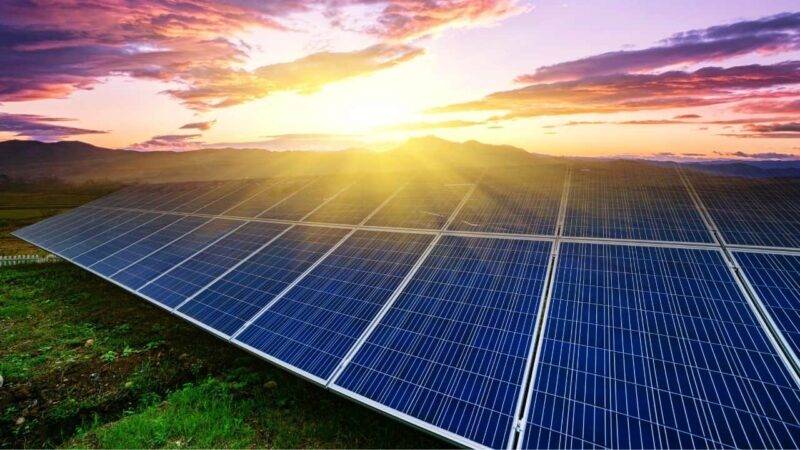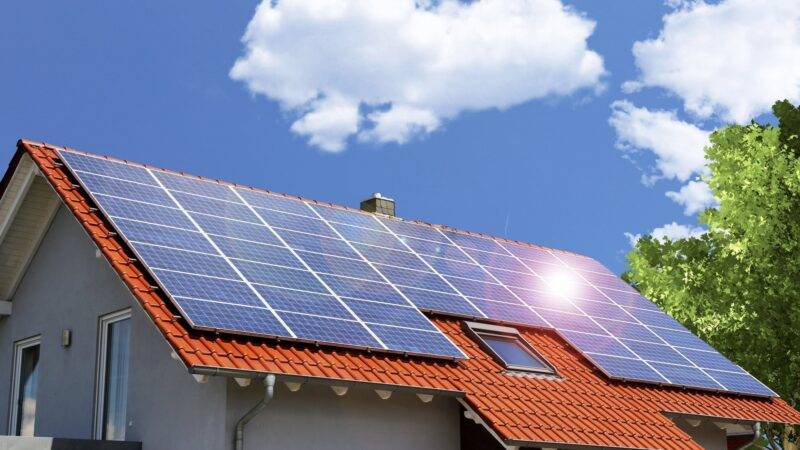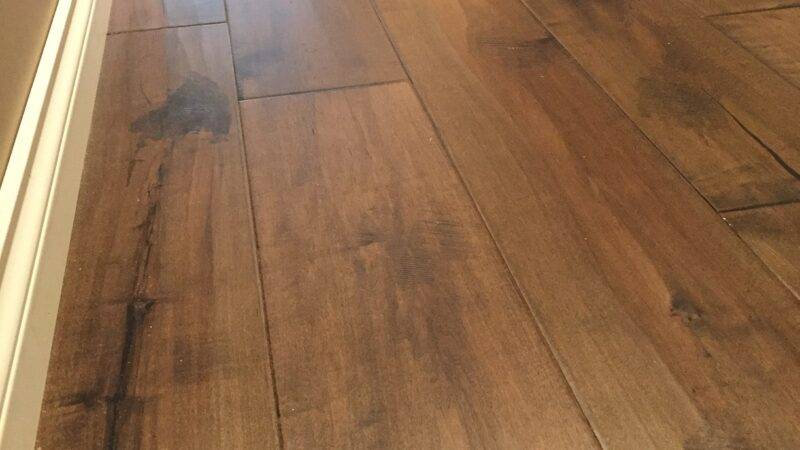Checking the Energy Efficiency Points Before Purchasing Your Home

Doing house inspection prior to sales of a prospect residential property is a must for all buyers. You might have a house inspector with you to point out the specific places to look at for additional repair and or renovation. Particularly, you must know the Energy Efficiency of your candidate residence so that you will be assured of a real comfortable home that has the right amenities to keep you warm during the cold seasons and cool during hot seasons. Energy Efficiency is simply the measure of how effective are your heating and air conditioning system of your future home.
Ask how old is the existing furnace, boiler, or new technology so that you can estimate how long you can keep on using it. You can check this out by calculating the SEER or seasonal energy efficient ratio which is the actual cooling output divided by the electrical power it takes to reach that cooling output. You must aim for a 16 average efficiency to say the system is still effective.
Same goes for the heating system usually a heater pump. Reach for the heat pump with a back up heat supply to reduce the yearly heating costs of up to 25% and increase efficiency to up to 35% of usual average.
Here are other focus points below that you can ask your house inspector to check or investigate for you.
1. Check the insulation behind the walls. Of course, fresh paint can always look good on any surface and you expect this in a house for sale. But what you have to focus on is the insulation that is behind the exterior facade – R-13 and R-30 are just the perfect insulation standard on walls. You have to check this with the sales agent.
2. Caulking and wind draft leaks. The caulking on small gaps in your windows are a culprit for snatching the warm temperature out of your home and gradually adding to your utility bills. Make sure that you take note of any wind drafts and have it inspected by your house inspector.
3. The heating and air conditioning system. These are important contributors of your Energy Efficiency because their performance greatly affects the over all efficiency of the house. They are the sources of both heat and cool temperature of your abode.
4. Check your appliances or fixtures. Lighting and Fire pits can greatly absorb cool air from your cooling system inside the house. Outdoor fire pits are not to be a concern as they are intentionally made for the outside environment. Opt for those appliances that does not over heat too much and have an Energy Star credentials.
5. Duct works. If you have your house inspector, let them go into the ducting system of the house up for sale. They should be able to give an evaluation of the ducts being usable or for repair or replacement. This can be pretty expensive so be prepared to negotiate it with your sales agent.
6. Mind the roof colors. Attics are usually are under dark painted roofs with a purpose. These dark colors tend to soak in the heat from the sun and lessen the need for supplying the unfrequented spaces like the attic or storage shacks.
7. Direction of the house. This does not mean the address of the house but rather the region where you are at. If your house is in the Southern part, lesser heating system is required as it is in the warmer area.
8. Check the heating and cooling utility bills of the previous owners. This will give you a gauge of how much you need to pay when it is your turn to occupy the house.



